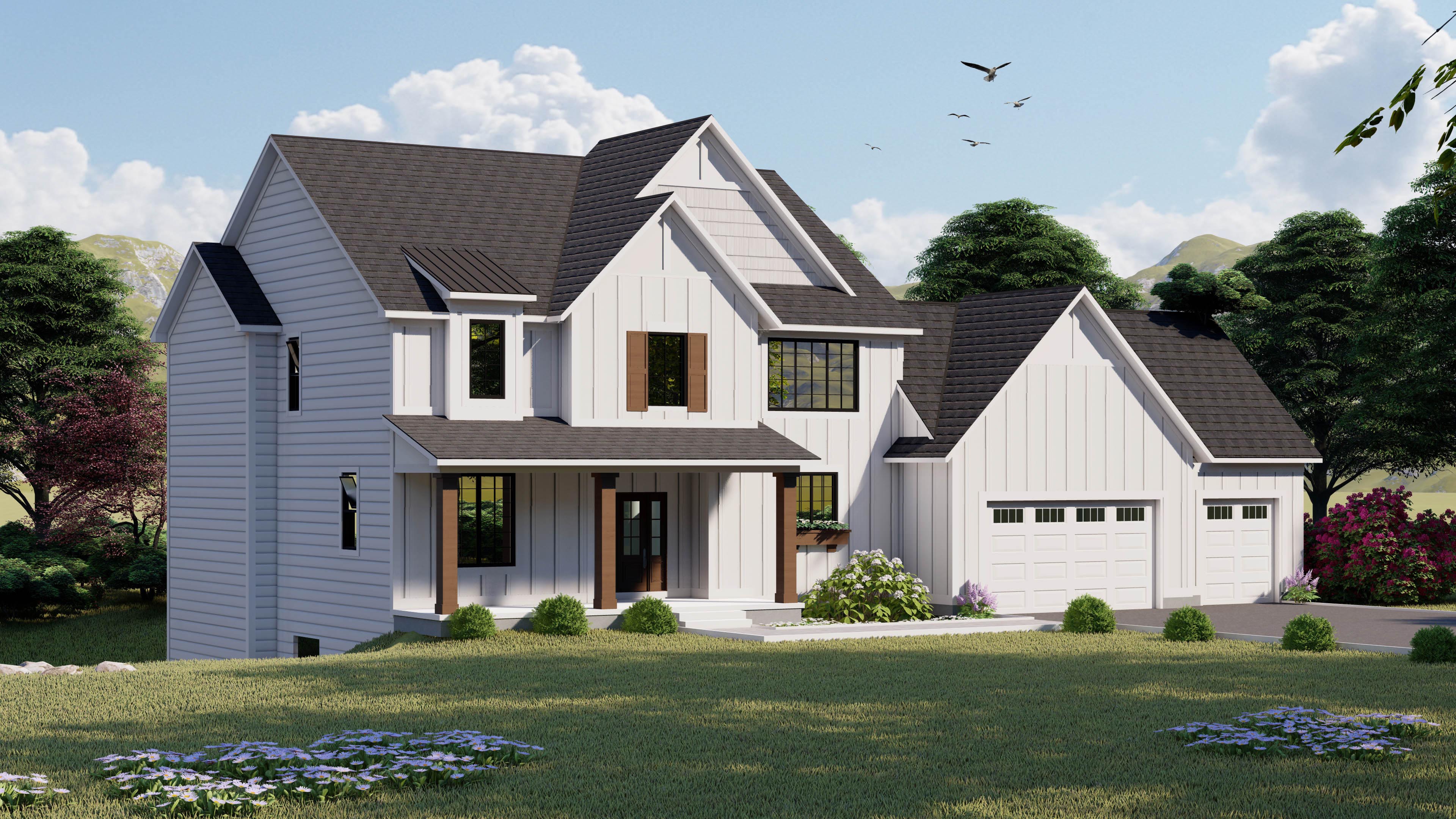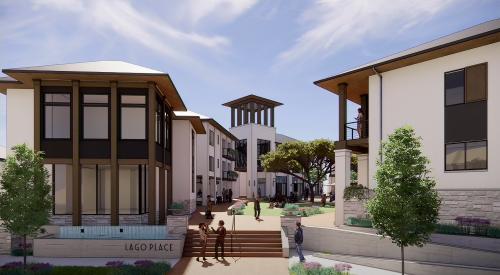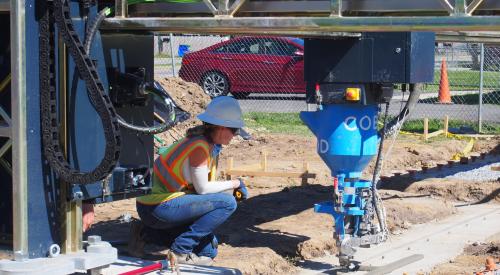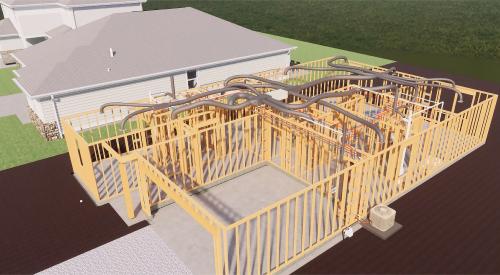In South Lyon, Mich., about 20 miles northwest of Detroit, an 18-year-old residential design firm has been pushing the envelope of what technology can do for home design and construction.
It isn’t that the tech itself is brand-new. Autodesk’s AutoCAD and Revit programs have been around for decades. But it’s how TK Design customizes and uses Revit’s building information modeling (BIM) software that Eric Tiffin, production director, thinks separates his firm from others that have tried and failed to use the technology.
“When you’re in this business, you start to notice that a lot of people take easy routes with out-of-the-box software but don’t customize it,” Tiffin says.
TK Design wanted to take a different path: tailor the software to meet the firm’s and its clients’ needs.
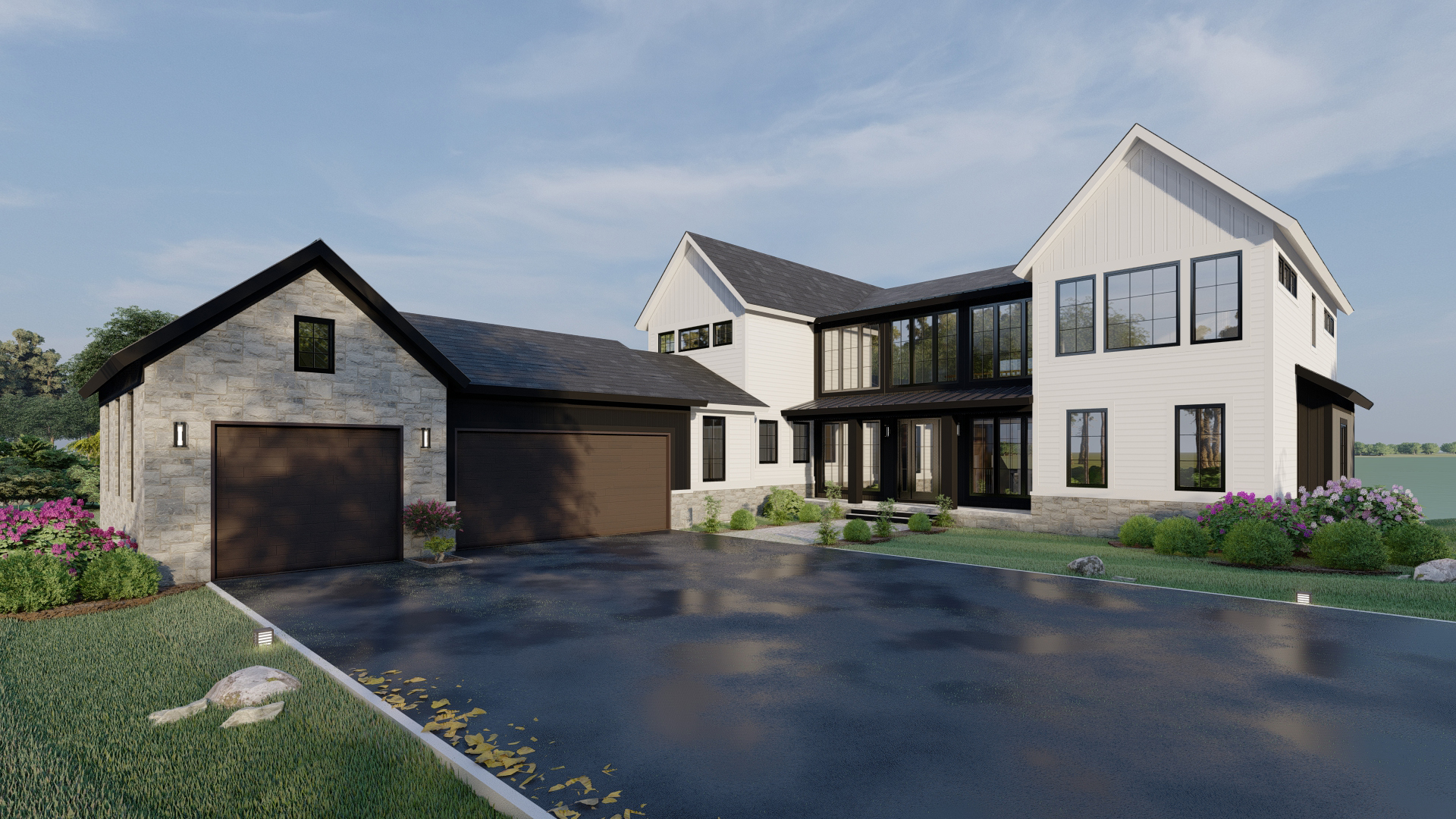
BUILDING 3D MODELS FOR CUSTOM CLIENTS
About four years ago, when TK Design started looking into 3D technology, Tiffin tasked a TK Design team member with customizing Revit so that the firm’s 3D plans would look like its 2D AutoCAD plans—and they all would look like they belong to the same firm. That “massive undertaking,” Tiffin says, involved aligning the colors, shadows, line weights, wall types, and other features so they all look like a consistent Revit “family” (Autodesk’s term).
“We have brand recognition with our software, so whenever someone sees our plans, they know it’s TK Design and they know the quality they’ll get,” he says.
While builders familiar with drawings might need just a 2D AutoCAD drawing, TK Design finds that production and custom builders often want the 3D Revit models. Depending on clients’ interests (and budgets), a 3D model, which can be basic grayscale or full-color photorealistic, can get so detailed that it shows dinner on the table, pictures on the walls, or sunlight streaming in through the windows. Production builders can use the 3D model for marketing, while custom clients use it to envision spaces, like a room with a two-story ceiling, that they might have a hard time imagining.
“Almost every single custom client is willing to spend the extra 20% to get that 3D model,” Tiffin says.
TK Design also uses Revit to provide important information such as material lists, square footage of spaces, and linear feet of walls. And the 3D renderings help avoid potentially costly problems, like a gutter running into a window or HVAC duct work running into a beam. With the renderings, TK Design can spot these issues long before construction begins.
RELATED: Architecture Firm Uses VR to Design Homes
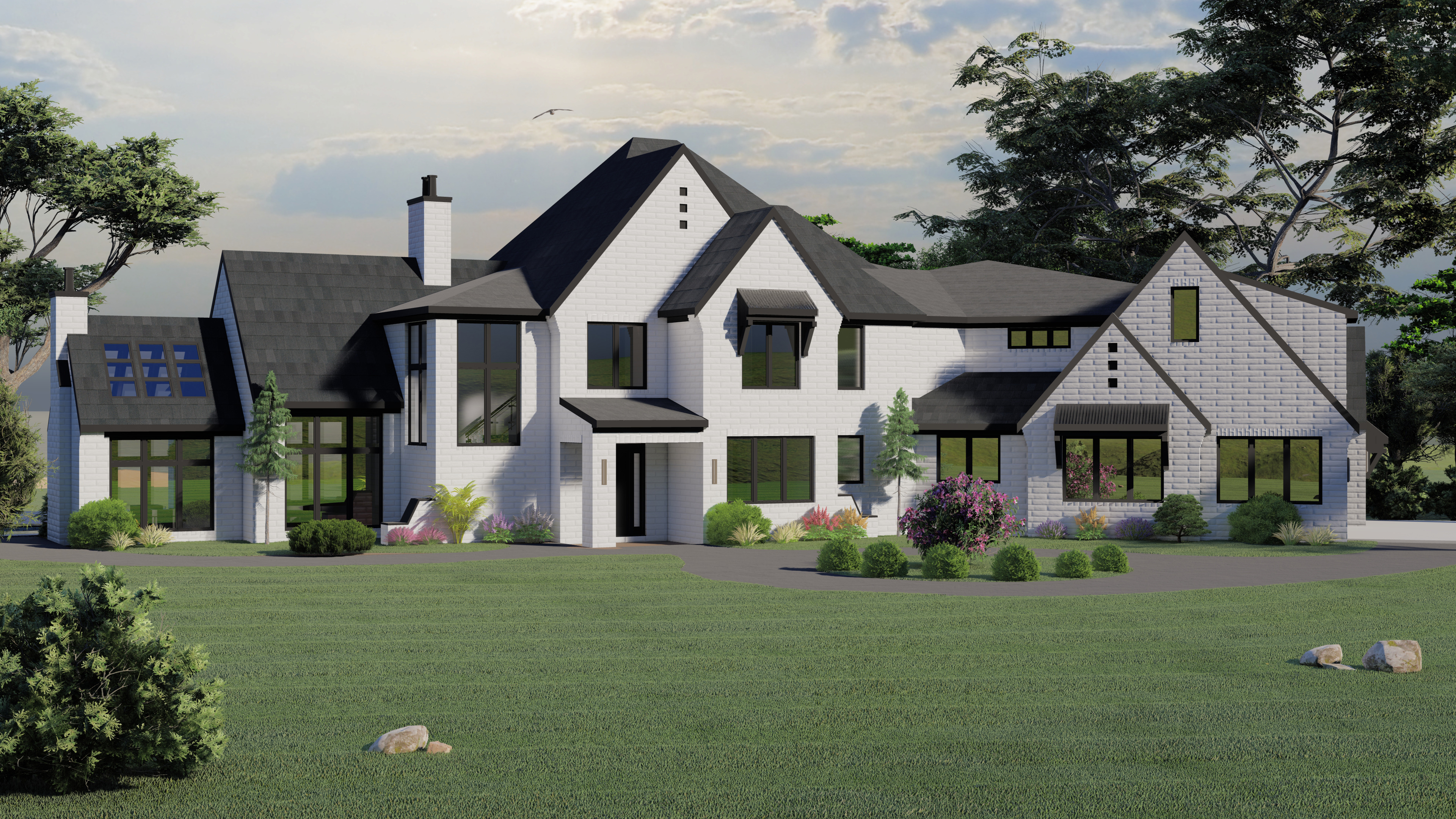
Yet TK Design wanted to do even more with the technology. About 18 months ago, the firm started working on software customization in collaboration with Simpson Strong-Tie, a California-based company that makes metal construction connectors. In recent years, Simpson-Strong Tie has grown its software solutions business by acquiring the software companies CG Visions and LotSpec.
Now, TK Design can feed its 3D renderings into Simpson Strong-Tie’s Pipeline program, a cloud-based management tool, to produce cost estimates and purchase orders. With this technology, TK Design can determine building details such as exactly how many bricks a home’s exterior needs and how many shingles its roof needs, while generating purchase orders for all of it. “It saves a ton of time for builders,” Tiffin says.
In addition, TK Design uses Simpson Strong-Tie’s LotSpec, an add-in app for the Autodesk programs, to create lot-specific plans. Typically, production builders who have developments with several different structural options have a master plan that can hundreds of pages long. They have to go through each page and cross out items to adjust the plan for each option. Trades then use the marked-up plan to get the job done.
But with LotSpec, the builder doesn’t deal with hundreds of marked-up pages. Instead, the builder has a plan of about 10 pages for each lot. A process that would take a few weeks instead takes a day or two, according to Tiffin.
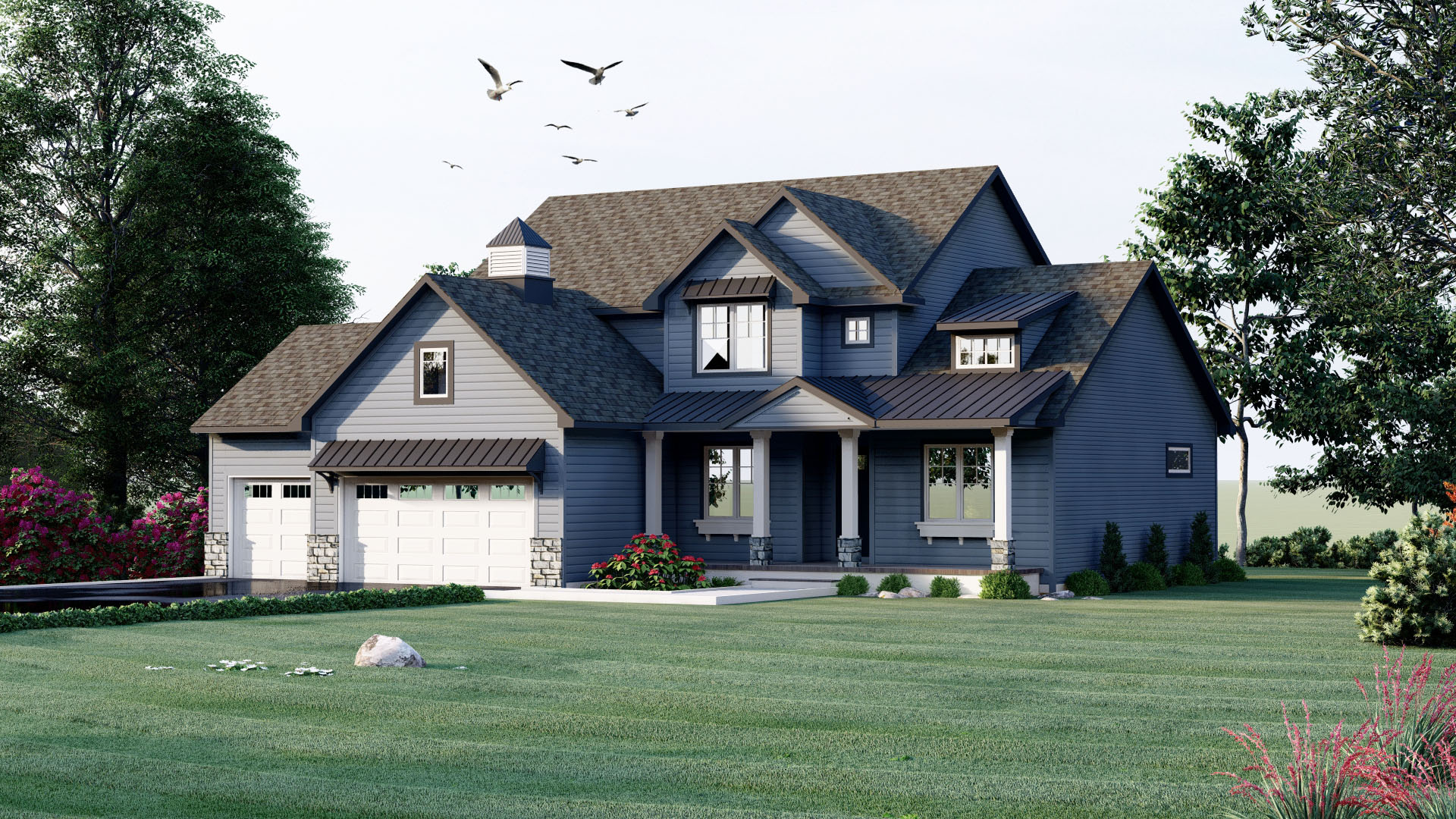
TK Design isn’t content with these capabilities, however. Recently, it’s been working with Simpson Strong-Tie to create 3D models that show all the framing components of a home, including every last stud and beam, as well as the plumbing and HVAC systems—areas where home construction problems often arise.
“So all of that can be developed and we can troubleshoot it before we ever build the house. It eliminates questions and problems in the field,” Tiffin says of the service, which TK Design plans to start offering within the next month. “We create a 3D puzzle of your house.”
For more on 3D modeling, read it here on Utopia.


